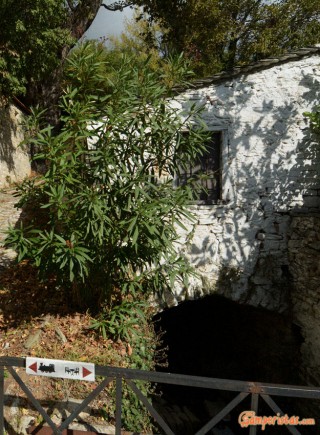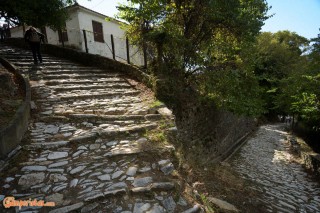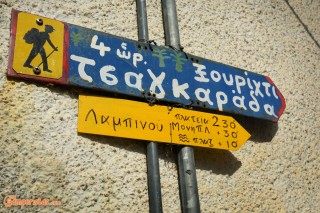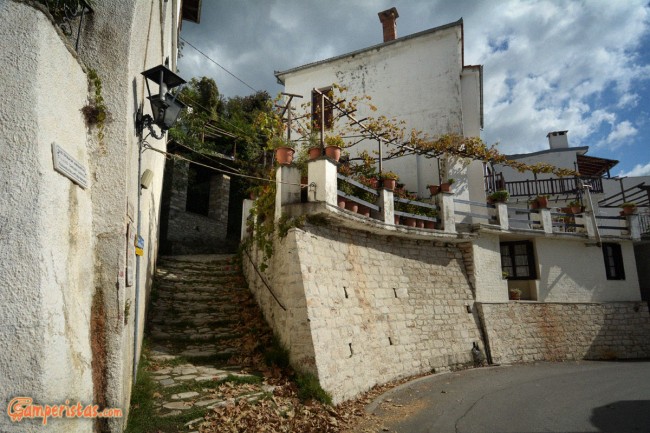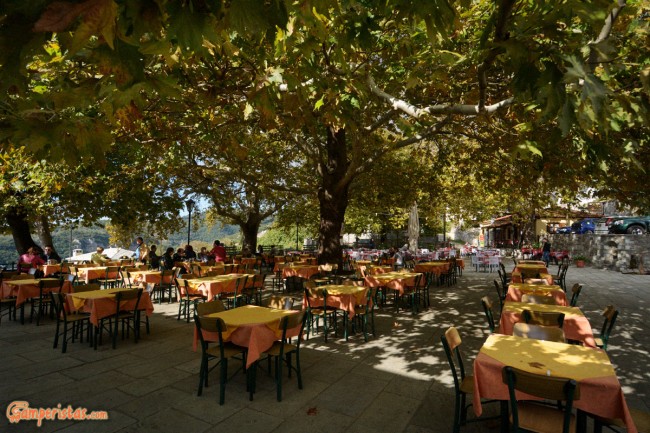
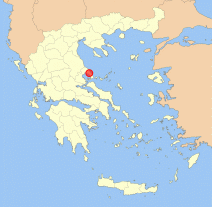 I’ll interrupt the series of posts about my summer trip, to publish the most current tour I just completed in the area of Pelion, in what is probably the best season to visit. The colors of autumn combined with a still splendid sea, without tourists around and full freedom to stop wherever you want.
I’ll interrupt the series of posts about my summer trip, to publish the most current tour I just completed in the area of Pelion, in what is probably the best season to visit. The colors of autumn combined with a still splendid sea, without tourists around and full freedom to stop wherever you want.
[sam id=”7″]
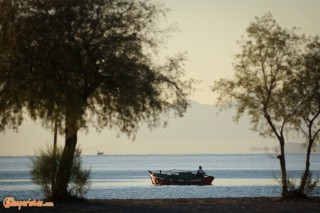 Departed from Athens as usual later than planned, we found ourselves approaching Volos at about nine in the evening. Passing through Nea Anchialos we see a huge archaeological site on the main road and so we decided to stop here for the night and visit in the morning. We find a convenient parking area next to the town hall [39.27628,22.82010] and we settle there.
Departed from Athens as usual later than planned, we found ourselves approaching Volos at about nine in the evening. Passing through Nea Anchialos we see a huge archaeological site on the main road and so we decided to stop here for the night and visit in the morning. We find a convenient parking area next to the town hall [39.27628,22.82010] and we settle there.
Early in the morning I take a walk to see the site and I realize that it is an enormous space filled of ancient stones in no particular order, with no particular interest, so I decide not to stay to wait for the opening hours. I just take some photos of the beautiful beach and we go back on the road. I must point out, however, that on the pier next to the parking lot there are water taps convenient for making water supply.
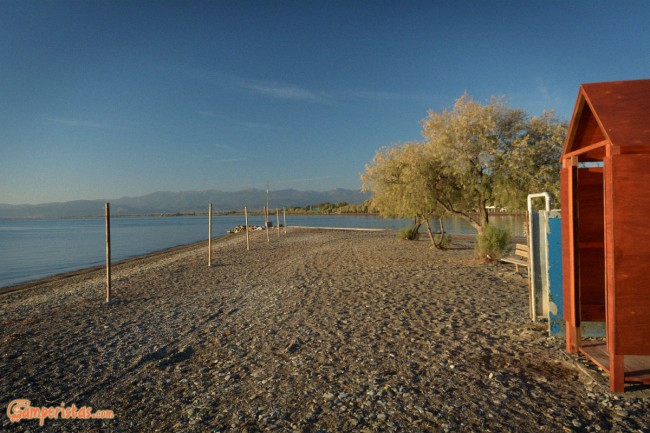
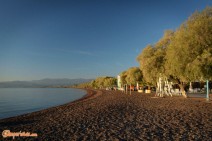
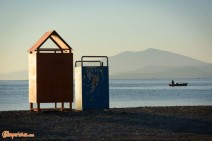
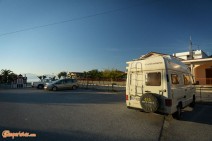
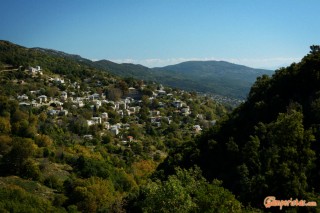 We pass Volos without stopping, we take the road on the west coast and at Ano Lechonia we turn left up the mountain. We pass the a couple of small villages and we make our first stop in Pinakates , parking on the main road.
We pass Volos without stopping, we take the road on the west coast and at Ano Lechonia we turn left up the mountain. We pass the a couple of small villages and we make our first stop in Pinakates , parking on the main road.
Left: Agios Vlassis
Below: Pinakates
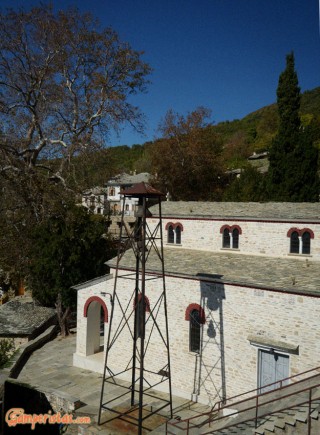
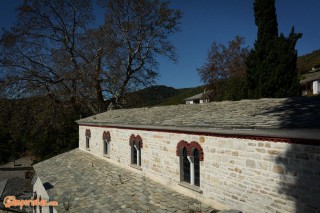
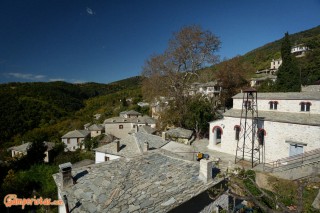
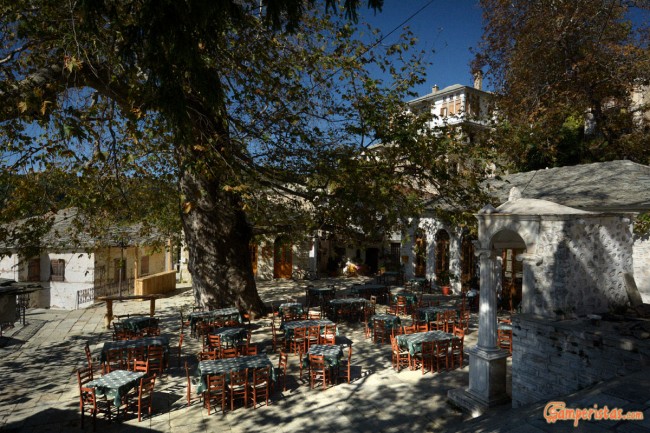
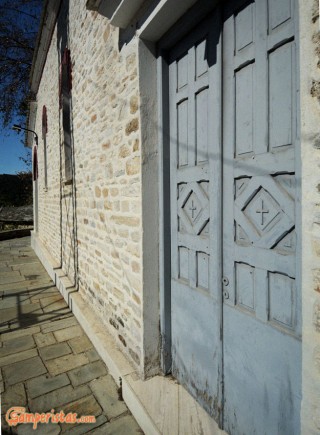
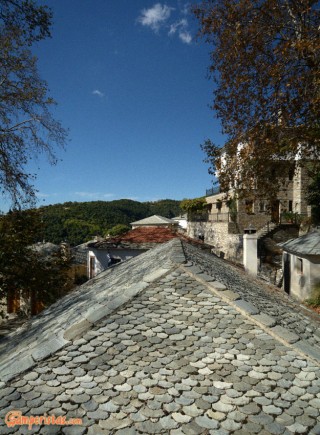
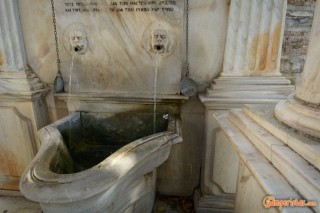
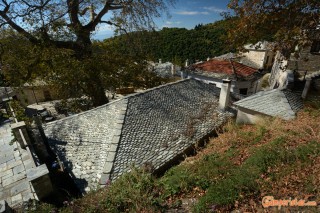
You will immediately notice the traditional architecture of the area and in particular the roofs made with the typical local stone. Another feature are the cobblestone paths made with large stones (kalderimia) which often link one village to another offering the opportunity to make beautiful walks.
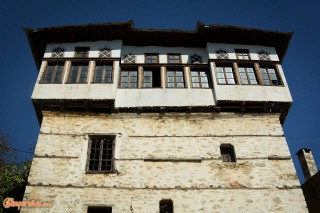
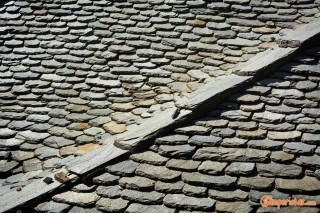
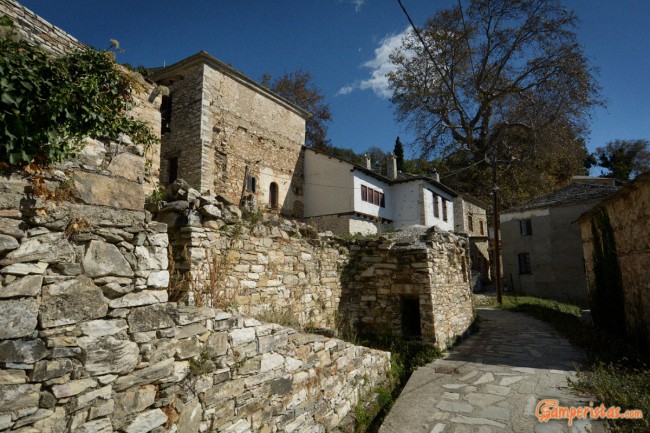
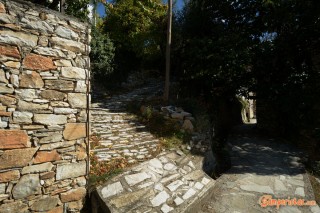
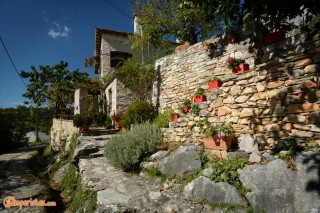
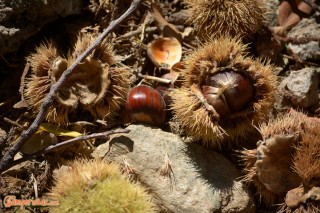
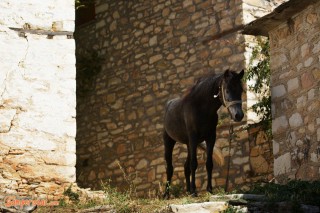
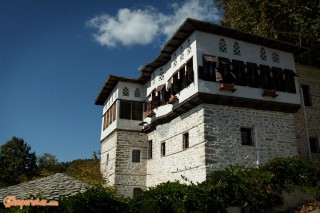 Second stop Vizitsa , where is a bit easier to park also because it is a more tourist destination and better organized. Most of the most beautiful houses have been converted into hotels and we find it less authentic and interesting than Pinakates. Although objectively beautiful, we do not stop for a long time and go on.
Second stop Vizitsa , where is a bit easier to park also because it is a more tourist destination and better organized. Most of the most beautiful houses have been converted into hotels and we find it less authentic and interesting than Pinakates. Although objectively beautiful, we do not stop for a long time and go on.
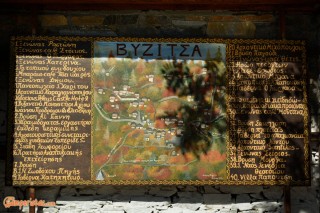
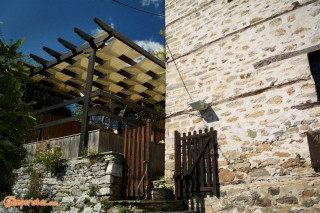
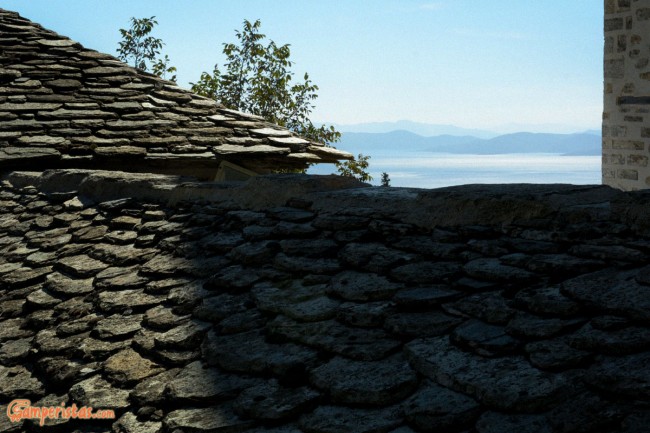
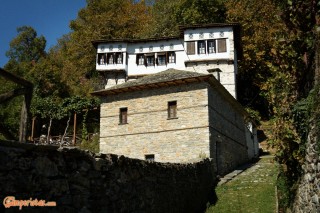
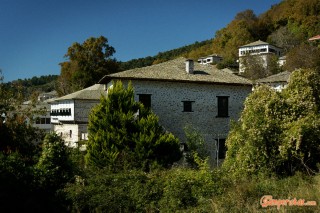
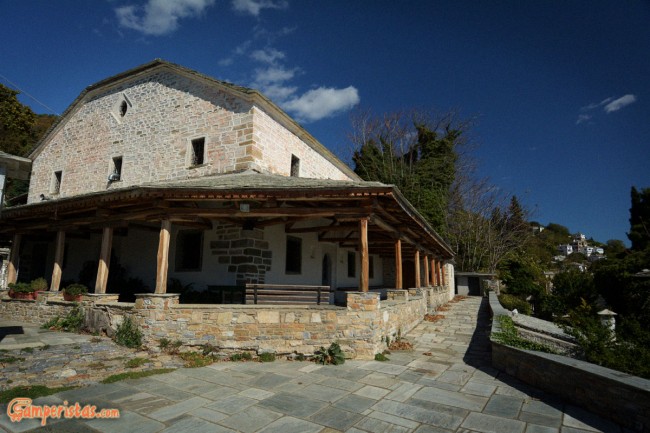
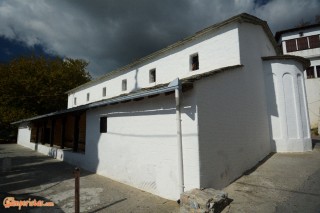 That brings us to Milies , very cute and with the particularity of being the arrival station of the famous Pelion toy train, to which I will dedicate next post. For now I’ll just say that the train is probably the best way to visit the village, given the difficulty of finding a parking space for the motorhome.
That brings us to Milies , very cute and with the particularity of being the arrival station of the famous Pelion toy train, to which I will dedicate next post. For now I’ll just say that the train is probably the best way to visit the village, given the difficulty of finding a parking space for the motorhome.
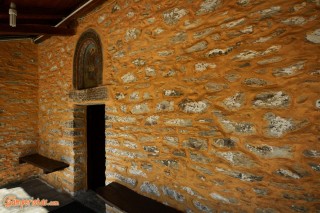
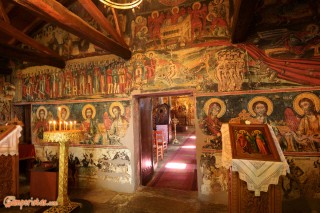
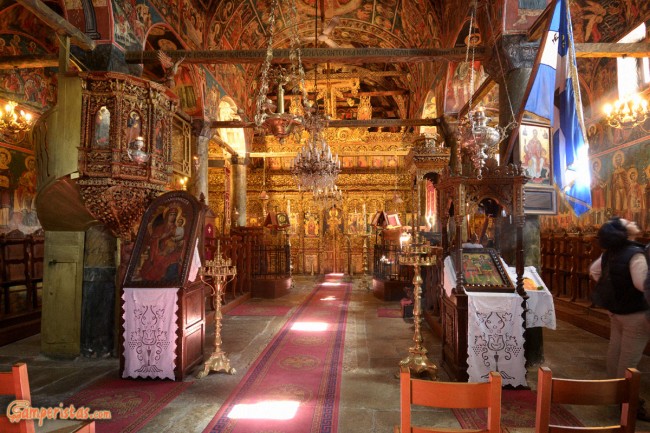
Very particular the church, built so as not to be recognizable as such from the outside, during the period of the Turkish occupation and with very special acoustic properties. It deserves a guided tour.
[sam id=”7″]

